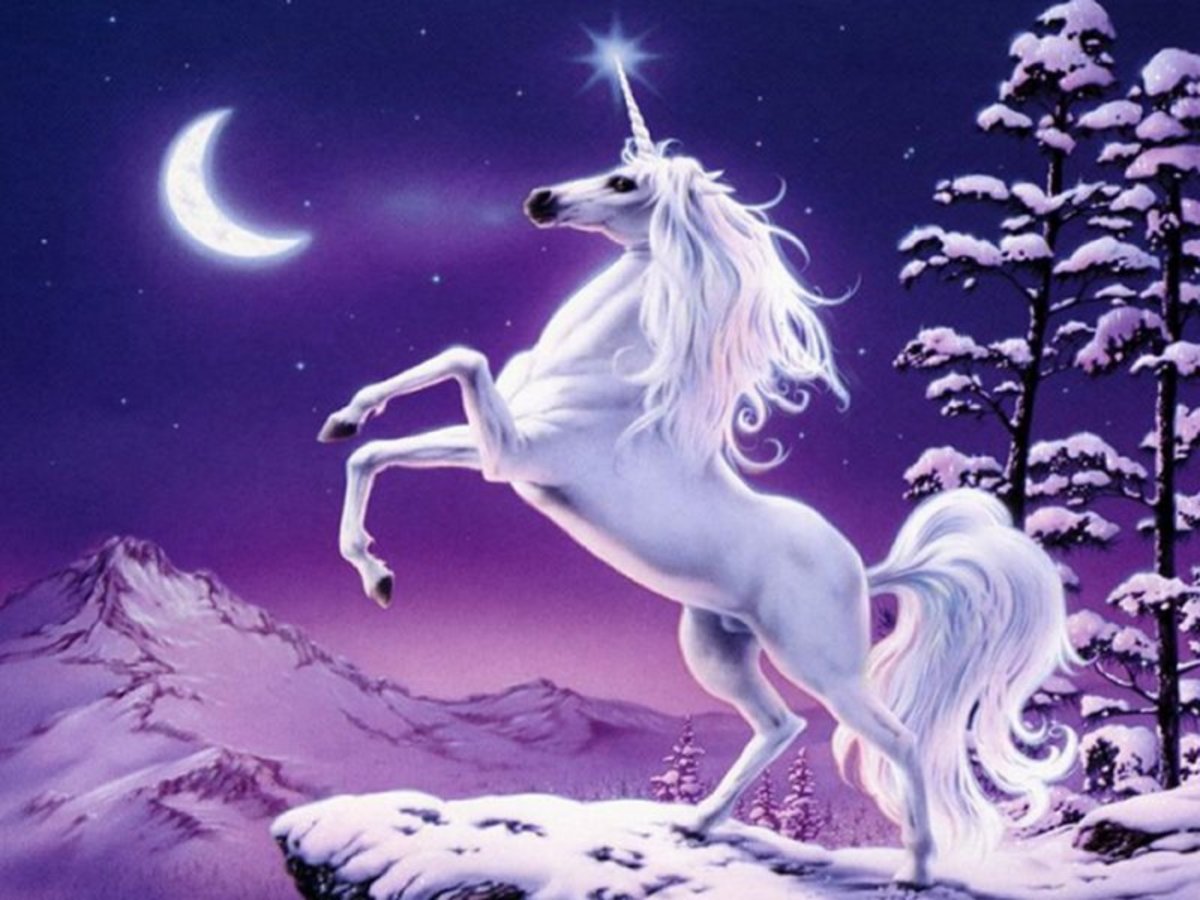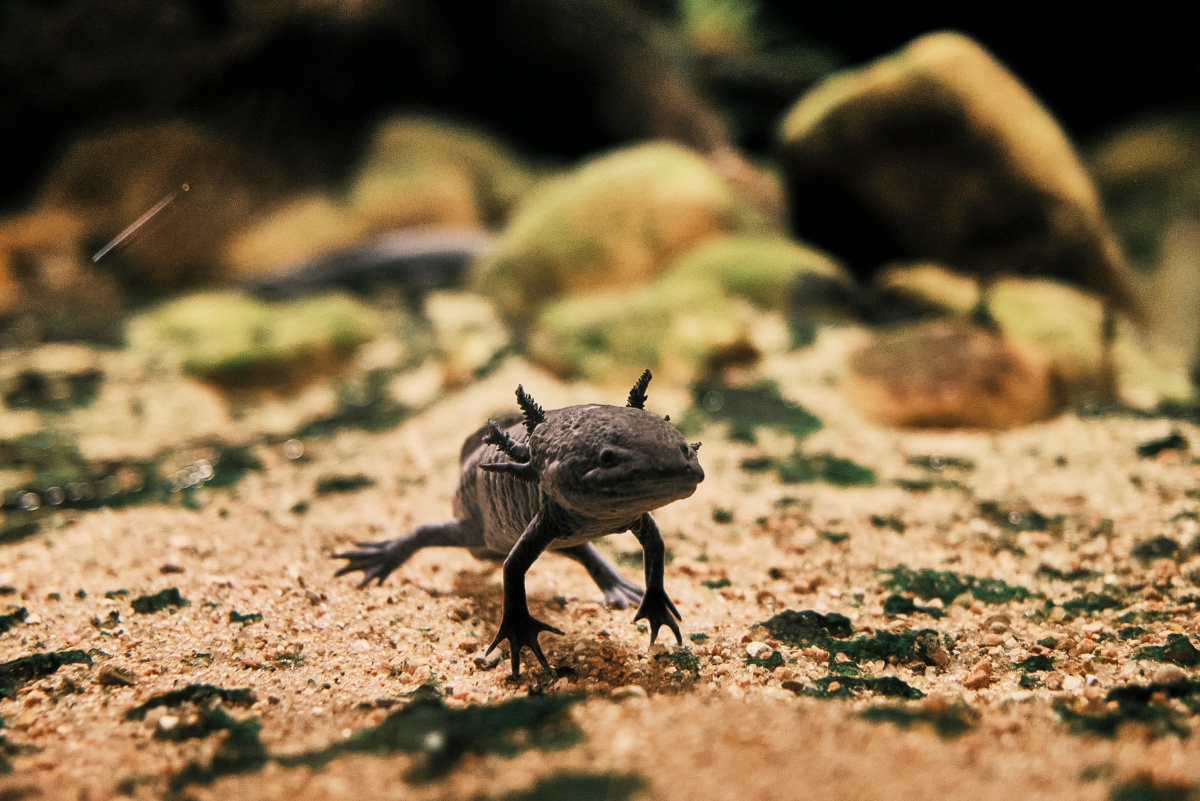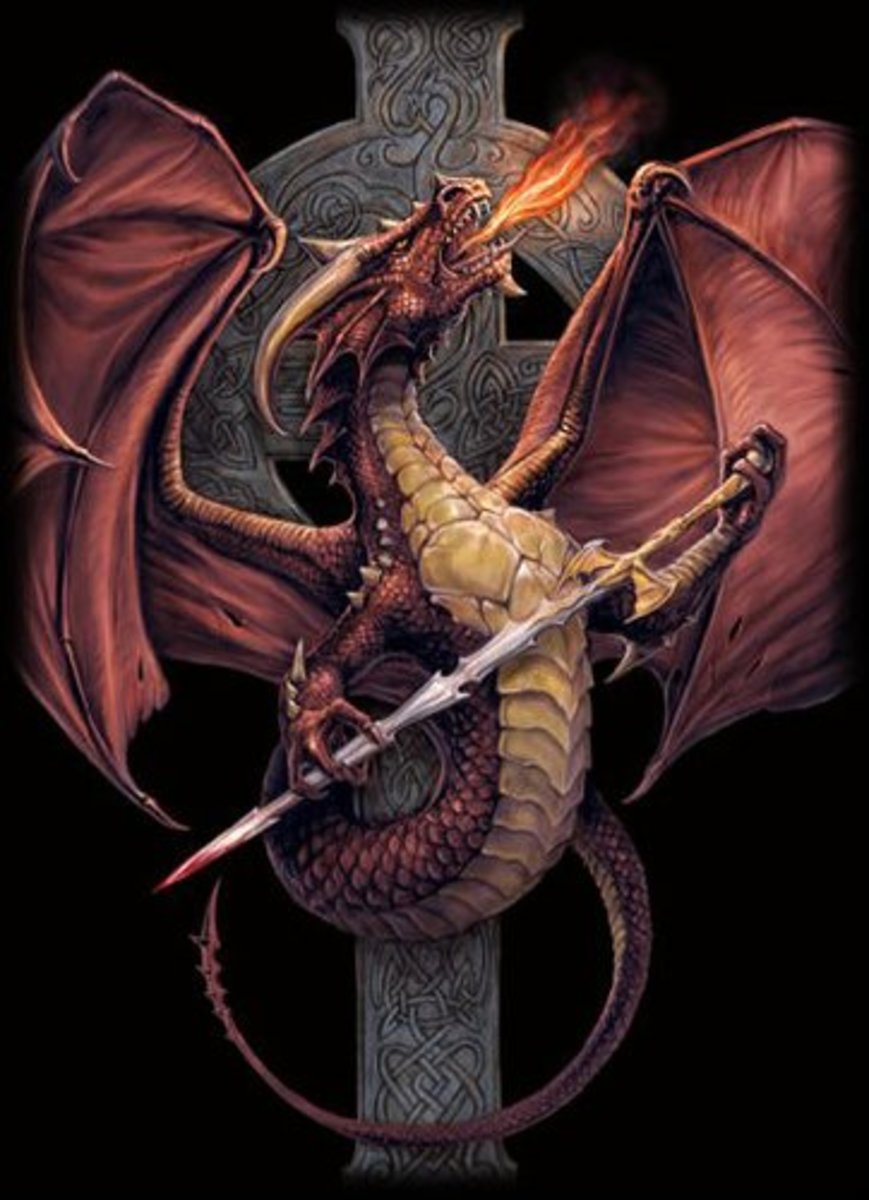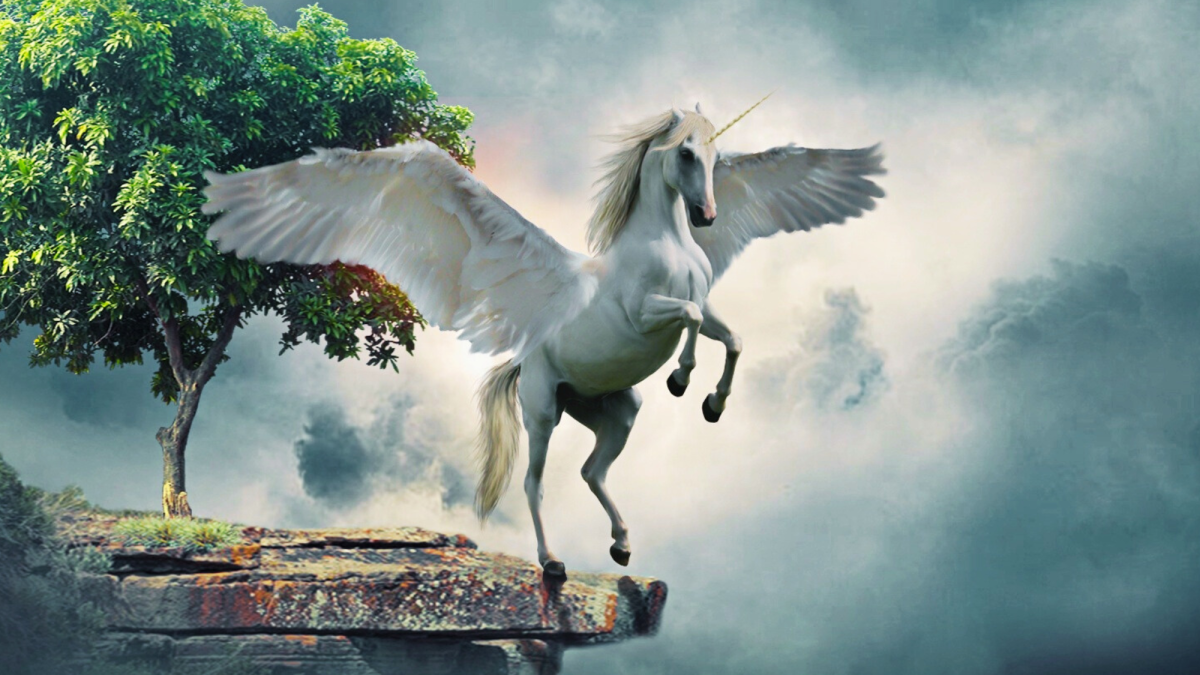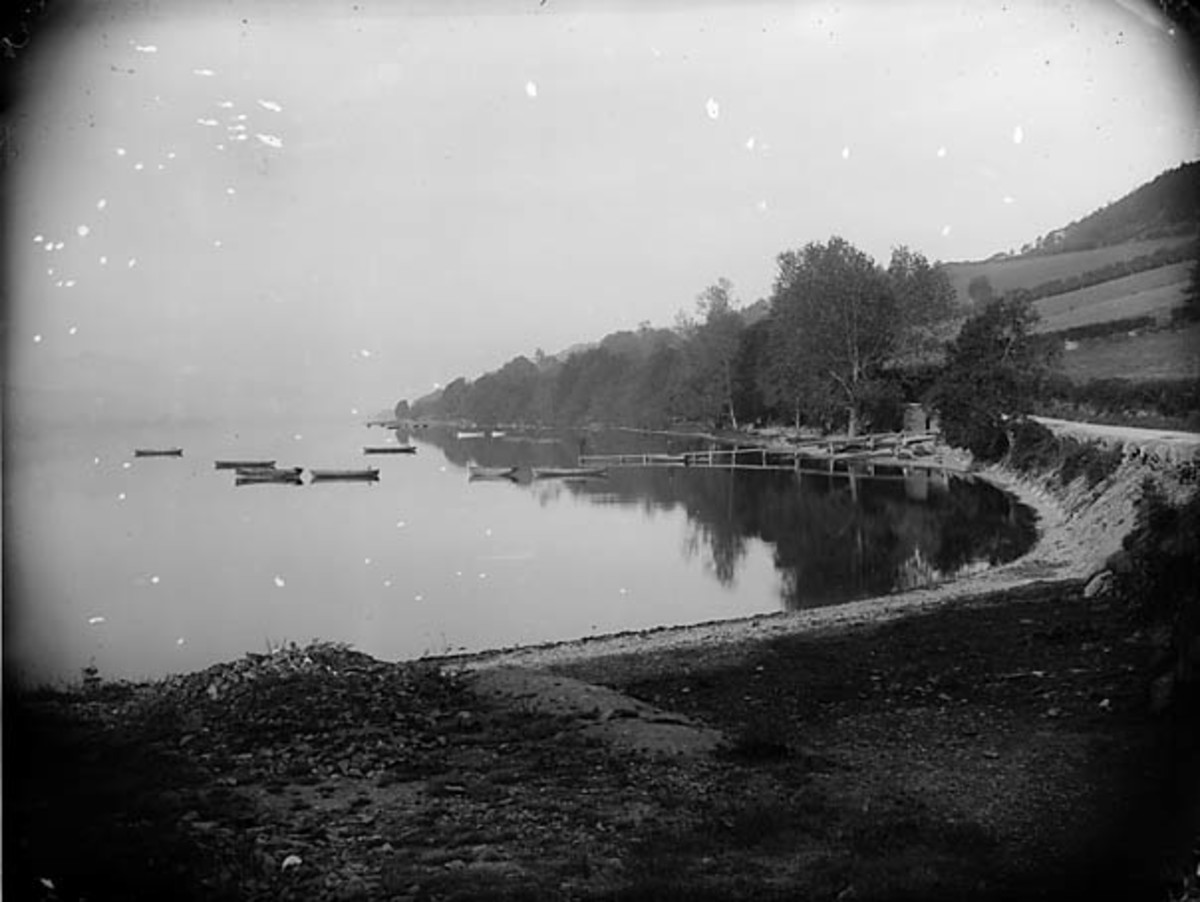- HubPages»
- Education and Science»
- Sociology & Anthropology»
- Folklore & Mythology»
- Legendary Creatures & Cryptids
Mythical And Imaginary Animals That Never Were - Part I
The real deal in nature has always run a race competing in man's attention with animals that never were. Do you know anyone who believes that frogs spit poison, or that toads cause warts? Or maybe you believe that ill luck will come if a black cat crosses your path? Or perhaps you believe a bird in the house is a sign of death?
All of these beliefs are old superstitions. They have come down to us through many centuries, from a time when education was limited, and the most impossible fantasies were firmly believed to be true.
It is a curious thing that many superstitions have centered around animals. I could start by telling you that once upon a time it was thought that the toad had a precious stone in its head, and that this stone could cure sickness. Hence so-called toad-stones became common.
Indeed, many animals were supposed to have magical powers, and many strange animals that never existed were believed to live in the sea, or in distant lands.
Certainly we all know that the unicorn was a large horse with a single red, black and white horn projecting straight out from its forehead. Men believed the horn had magical properties and travelers went on long journeys in search of this animal, which was said to roam in India, Arabia, and Morocco.
The unicorn could not be hunted or trapped like any other beast. Oh no! No man arrayed as a man could approach it. The hunter must disguise himself as a young girl, perfume his clothes and lie down in the haunts of the unicorn.
The unicorn, attracted by the scent, would then approach and charmed with the sweet odor, would lay his head in the supposed maiden's lap and fall asleep.
There upon the hunter had to grasp the horn and, with a single powerful wrench, pull it out! Or, if that were too bold a course for one man, then the disguised hunter lured the unicorn to him, while others lay in hiding and dashed up to seize the coveted horn.
Out of the horn a drinking cup could be made. Poisoned wine drunk from it lost its power to harm.
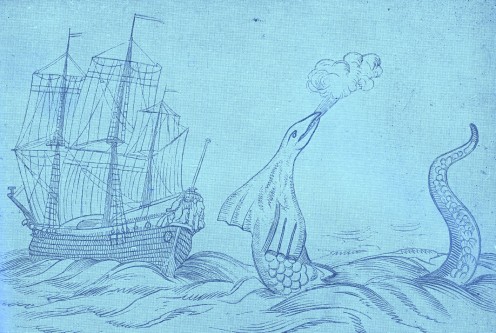
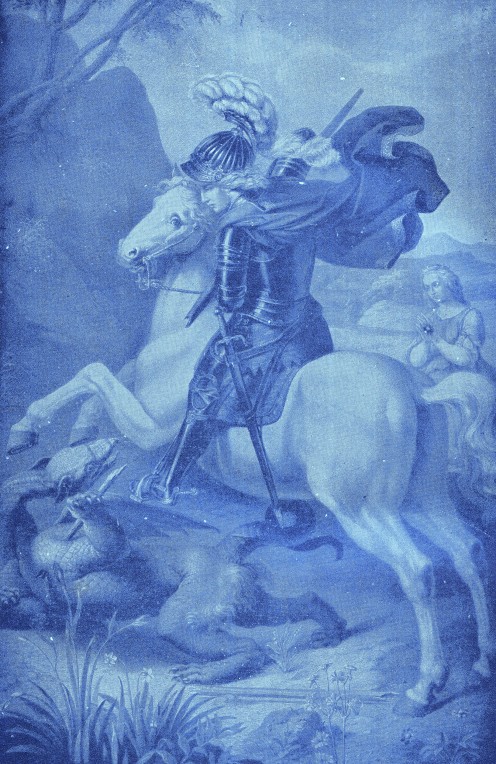
Middle Ages Beliefs
How men of the Middle Ages, and later, managed to impose such a story upon their hearers is not for us to decide. They were bold enough to tell the tale and actually to produce what they called the "horn of the unicorn."
A writer of the time of Queen Elizabeth mentioned one which he saw at the Queen's court. Back then it was valued at over what would be a quarter of a million dollars today. What really was this unicorn's horn?
It was the spiral horn, or tusk, of our old friend, the narwhal! Of course it had no magical properties. The rhinoceros was supposed to possess something of the qualities of the unicorn, and brave Marco Polo, the traveler, said that it did no harm with its horn, but with a fearful tongue, all covered with prickles, it rasped the flesh off its victim's bones!
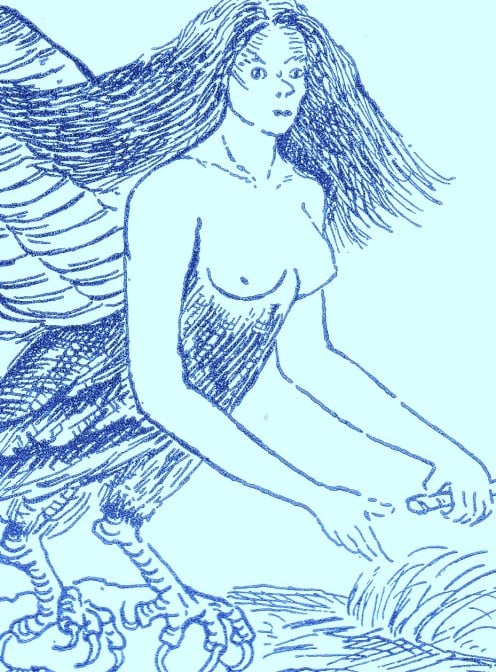
The Stuff of Dragons
The most astonishing beasts of fable and legend were dragons or huge reptiles, some of which could fly. How did men get their idea of winged dragons?
There really were, once upon a time, creatures in some ways resembling those fabled monsters. Among the animals of the Jurassic and the Cretaceous periods were fearful lizards of terrifying size. Some had wings.
We know these things from skeletons that have been found in ancient rocks. Certainly no man saw the giant reptiles, and their very existence was not known in the days when man believed in dragons. Or were they?
The fabulous dragons were supposed to be offspring of an eagle and a wolf. They breathed fire and this fiery breath was poisonous.
Their bodies were covered with scales forming an armor so tough that it was very hard for a sword to pierce it. Most of the great counties of ancient times used the dragon in art as a symbol of strength. In early Christian legends, the dragon (the spirit of evil) was said to have been killed by St. George, St. Martha, and others.
As the tales of the saints were told and retold they changed gradually into the poetic stories that are now known today. It's the source sometimes when we speak of a fiery or a strict person as a dragon.
The dragon was a most important figure in Chinese legends, and to a somewhat smaller degree among Japanese stories. The emblem of the emperors of China was a dragon with five claws on his feet.
There were dragons of the air, land dragons, and sea dragons. The unicorn and the rhinoceros were said to free the water from the poison of the dragons. So I guess you could say, just like in real life nature -- everyone had their place in the circle of the grand scheme of things.
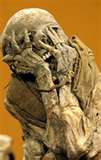
How To Scare Yourself -- 101
Our ancestors did not waste all their fright over the dragons. They believed that the Basilisk was a brute still more to be feared. This reptile, which was considered the king of its order, was supposed to be hatched by a serpent from the egg of a cockerel, and the cockerel was the only creature of which it was afraid.
A glance from the basilisk's terrible eye was said to kill a man, while the creature was supposed to be so charged with poison that it infected the air, so that all living things, plants, herbs, beasts and birds fell dead wherever it went.
We can guess for ourselves what this frightful monster really was. It was a lizard living upon little insects and small creatures frequenting the water and foliage in which it lived.
That gives us an idea of the power which our ancestors had of frightening themselves over innocent animals. They believed that there were creatures called satyrs, which had the head, horns, legs and feet of goats and the bodies of men.
Then there were all manner of stories of hairy men with tails which we know were distorted accounts of the great apes.

The Sphinx
Every child and adult today probably is familiar with the idea of the Egyptian sphinx. However, when we speak of the sphinx we think of that great image in the sands of Egypt.
In the old days, however, the sphinx was a thing of real terror to men. They thought it was an actual living creature -- an animal with a human head and face, the body of a lion, the wings of a giant bird, and the tail of a dragon.
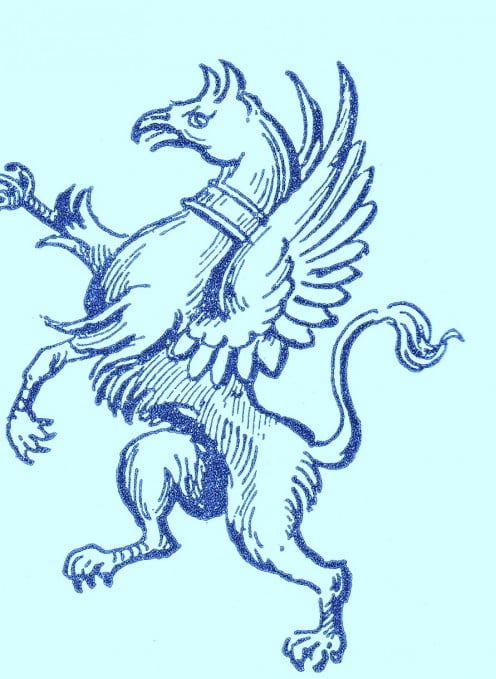
The Griffin
The griffin was still more to be feared. This was a creature which had the head and neck of an eagle a hundred times enlarged and the body of a lion eight times as big as that of an ordinary lion.
His talons were said to be as long as the horns of an ox, while his bones were so great that his ribs made bows for the stoutest warriors. Even Alice met a griffin or gryphon) in Wonderland.
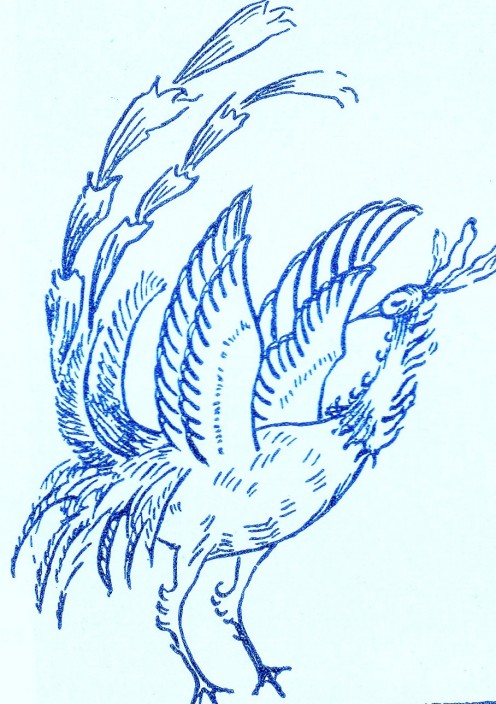
The Phoenix
We must not forget the Phoenix. This was a marvelous bird, sacred to the sun. It was as big as an eagle, with brilliant golden plumage around its neck, while the rest of the body was a purple color.
The tail was composed of long and brilliantly colored feathers. Where, undoubtedly, we have the golden pheasant, which we may see any day at any zoo and many other places. It was not as big as an eagle. It does not rise alive from its own dead body. It does not live five hundred and forty years -- all of which was believed at one time.
However, the brilliant golden pheasant otherwise answers the description which the old naturalists gave the phoenix. Probably some one of them did see a golden pheasant, then very rare in Europe, and had to weave a tale of marvel and magic and mystery around it.
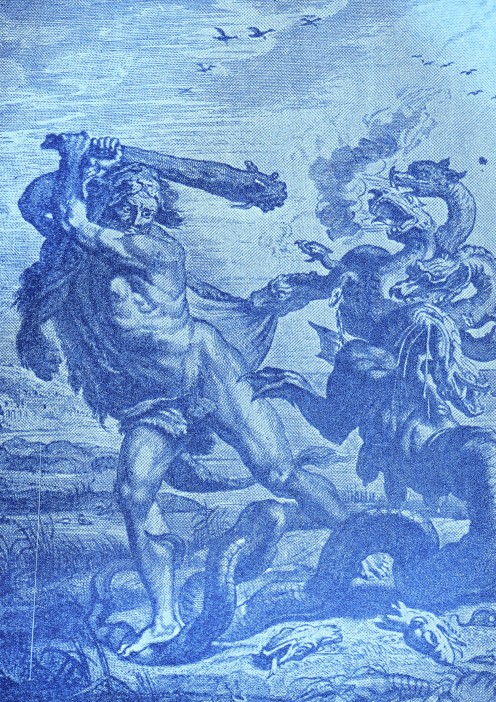
A Little Reality and A Little Fantasy
Then there were of course, the marvelous stories invented about the fox, the wolf, the hyena, the lion, and so forth. Men were supposed to be turned into wolves, and these "wolves" were supposed to be far more fierce than the ordinary beast of prey.
Some natives of India still believe that men can be turned into tigers, and the natives of Australia in the past has imagined that they themselves were inhabited by the spirit of an animal, or a tree, or a plant. Much the same sort of ideas are deeply rooted in African tribes too.
How firmly the old beliefs were held we may know from expressions used today. We still speak of a movement which has seen evil days and comes again to prosperity, as a "rising, phoenix-like, from its ashes." We still speak of persons who like heat as "salamanders," because the salamander was believed to be able to life in fire.
We still use the word "gorgon" as a term or terror and horror. The gorgons of the ancients were monsters whose heads were clad with serpents instead of hair.
However, our later ancestors had a gorgon of quite another kind. They gorgon was a fearful creature living in Africa. It had the body of a giant armadillo, with a serpent-like tail, and the legs and feet of a pig, but it was all armed with great scales.
The head was like an ox's, covered with coarse hair. However, the eyes and the breath were the most astonishing and terrible things.
Men were not quite sure which did the damage. one or the other sent forth poison which instantly killed men or animals who might attack or even approach the gorgon.
Even a child can laugh today at the ridiculous things which frightened the wits out of our greatest scholars and philosophers of olden time. Our ancestors wrote solemn books describing terrible adventures with these imaginary creatures.
The list of impossible things in which people believed in those ages is almost endless. There was a certain sort of lamb, which grew on a tree. Men drew pictures of the "vegetable lamb of Tartary." They were simply trying to tell of the cotton plant and what little they knew about it.

